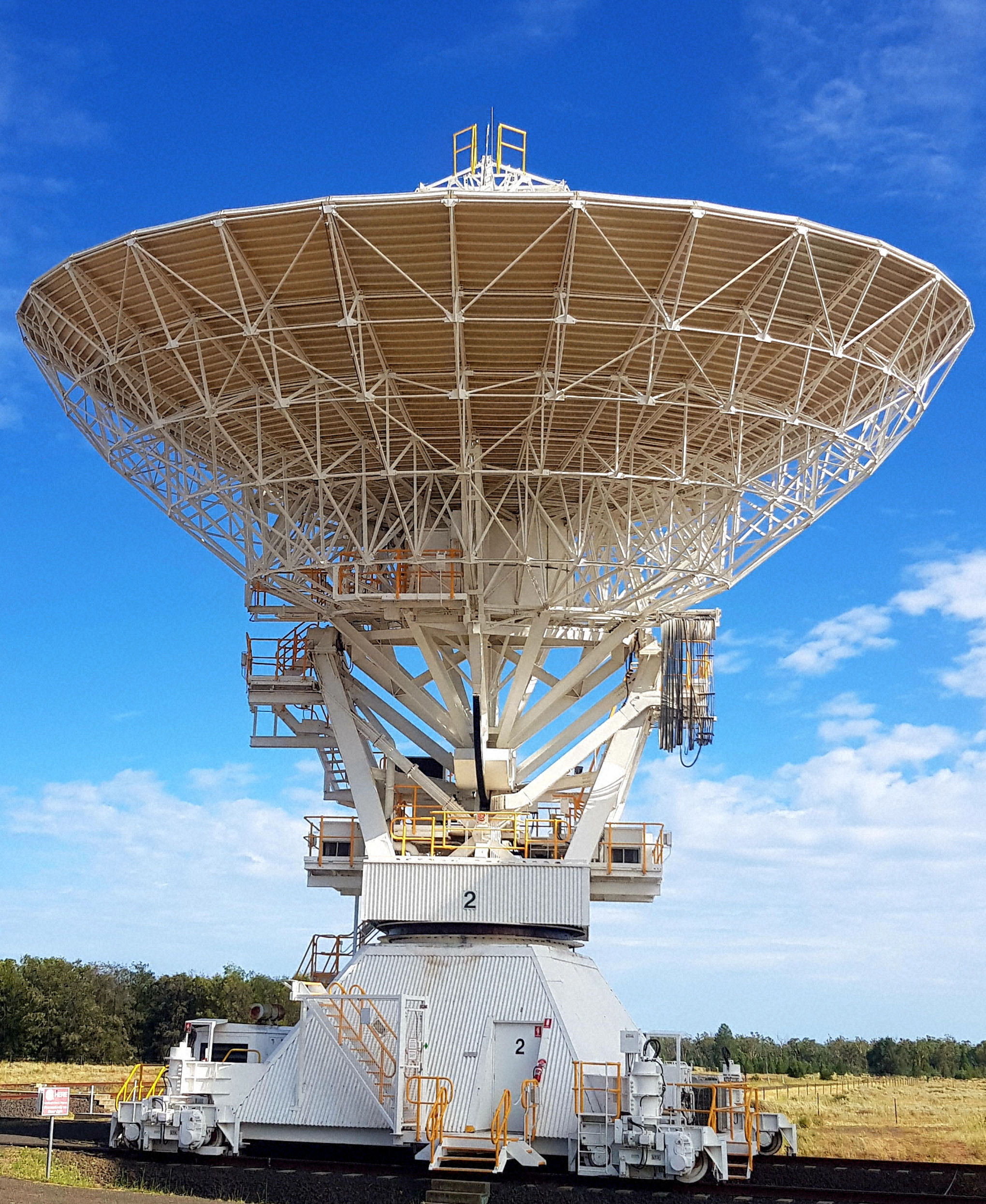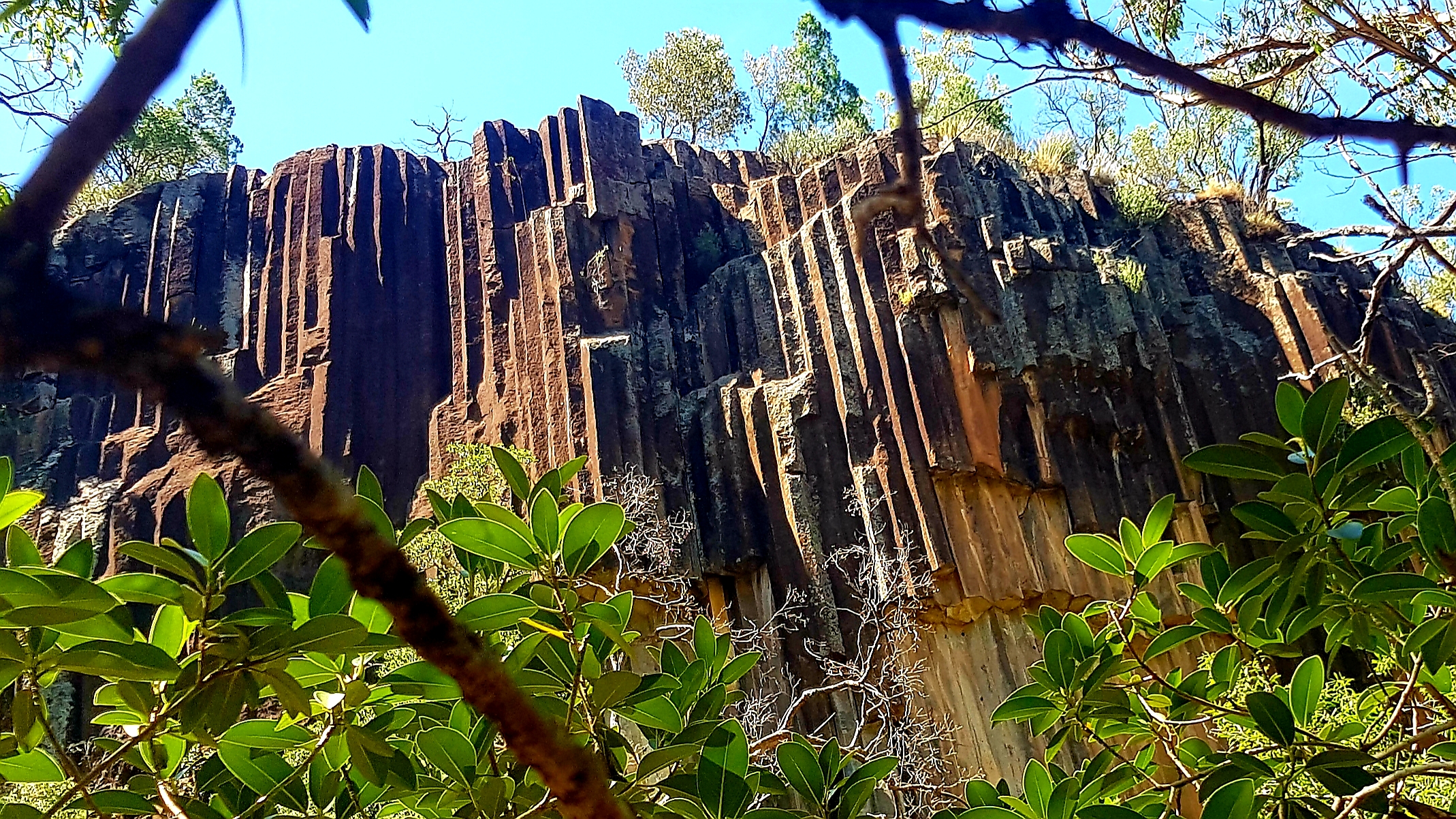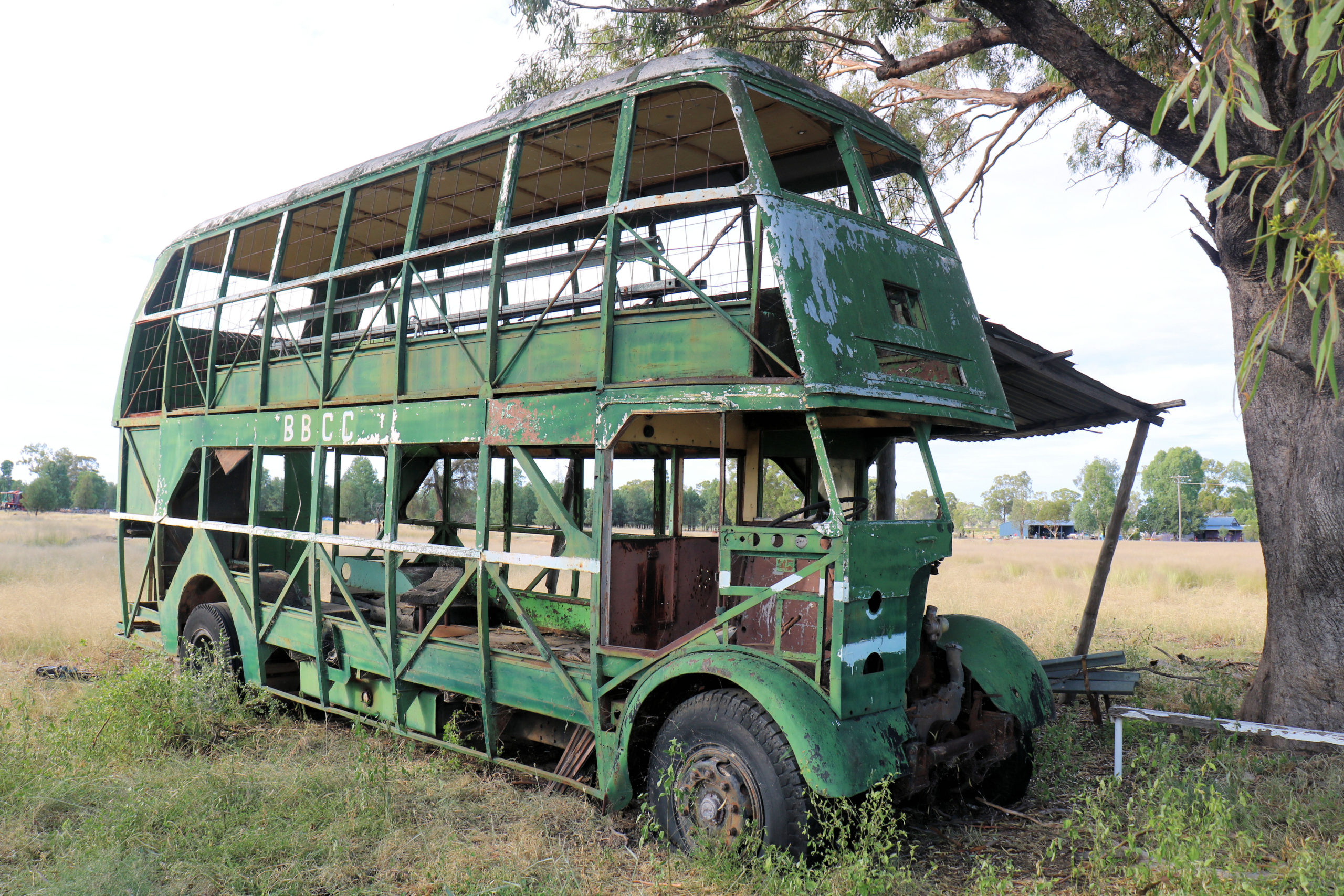Tag: Narrabri
-
Narrabri Paul Wild Observatory

Narrabri Paul Wild Observatory Operated by the CSIRO and located 25 km west of Narrabri in north-west New South Wales, the Paul Wild Observatory is an array of six 22 metre antennas used for radio astronomy. This was an unexpected highlight of our trip to the north-west, because we were not aware it existed until… Read more
-
Sawn Rocks Mount Kaputar National Park

Sawn Rocks Mount Kaputar National Park Getting There Located around 40 km north east of Narrabri, Sawn Rocks is a geological formation of columnar basalt which resembles organ pipes. As part of the Mount Kaputar National Park, the area is managed by NSW National Parks and Wildlife Service, which ensures it is managed correctly. The… Read more
-
Baan Baa Cricket Club Grandstand

Baan Baa Cricket Club Grandstand Driving between Gunnedah and Narrabri on the Kamilaroi Highway we passed the small town of Baan Baa. Like most Australian towns it has a cricket club and oval, but what made us stop was its grandstand. Originally a Leyland Titan double-decker bus, this repurposed vehicle now serves as the club’s… Read more